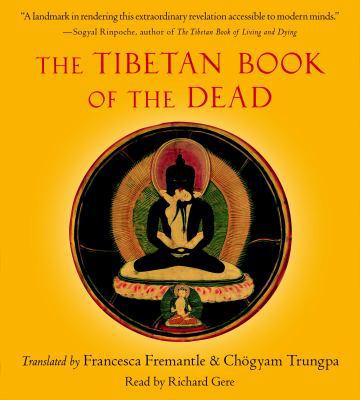All Formats & Editions
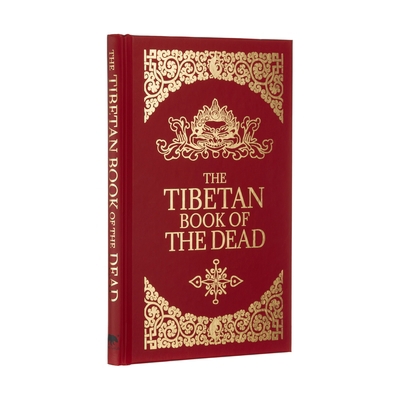
The Tibetan Book of the Dead
As a funerary text and guide to the afterlife, The Tibetan Book of the Dead was read aloud to the dying or recently deceased so that they could recognize the true nature of the mind and thus attain enlightenment and liberation from the suffering associated with the endless cycle...

The Tibetan Book of the Dead: The Great Liberat...
![El Libro Tibetano de Los Muertos [Spanish] 8472453316 Book Cover](https://i.thriftbooks.com/api/imagehandler/l/EAF2A51EFCF807D56F3CEE8FCA7990CED2489579.jpeg)
El Libro Tibetano de Los Muertos [Spanish]
![Bardo Thdol - Le Livre Tibetain Des Morts [French] B007AGXOUA Book Cover](https://i.thriftbooks.com/api/imagehandler/l/9E25513498EB8FB14CC3F3D82EB3DD63D634A2C4.jpeg)
Bardo Thdol - Le Livre Tibetain Des Morts [French]
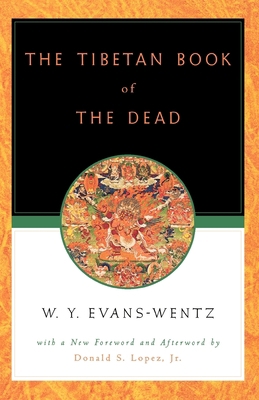
The Tibetan Book of the Dead: Or the After-Deat...
The Tibetan Book of the Dead is one of the texts that, according to legend, Padma-Sambhava was compelled to hide during his visit to Tibet in the late 8th century. The guru hid his books in stones, lakes, and pillars because the Tibetans of that day and age were somehow unprepared...
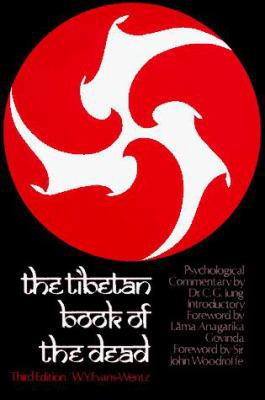
The Tibetan Book of the Dead: Or, the After-Dea...
First published in 1927, The Tibetan Book of the Dead remains one of the most unique sacred books of the world because it contributes to the science of death, existence after death, and rebirth. This edition contains a special preface by Dr. Evans-Wentz.
![El Libro Tibetano de Los Muertos [Spanish] 1523652012 Book Cover](https://i.thriftbooks.com/api/imagehandler/l/C9722F2F0F19F481B2A1AD4327739C17C8286B33.jpeg)
El Libro Tibetano de Los Muertos [Spanish]
El Bardo thodol en espa ol: 'la liberaci n por audici n durante el estado intermedio', m s conocido en Occidente como El libro tibetano de los muertos es una gu a de instrucciones para los moribundos y los muertos que seg n la creencia del budismo t ntrico del T bet permite alcanzar...
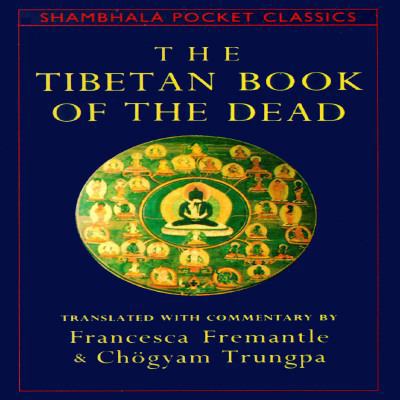
The Tibetan Book of the Dead

The Tibetan Book of the Dead: The Great Liberat...

Tibetan Book of the Dead
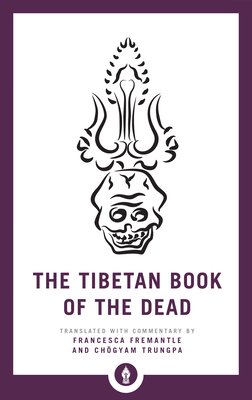
The Tibetan Book of the Dead: The Great Liberat...
A classic of Tibetan Buddhism brought to life with insightful commentary by a modern master. In this classic scripture of Tibetan Buddhism--traditionally read aloud to the dying to help them attain liberation--death and rebirth are seen as a process that...

Tibetan Book of the Dead

The Tibetan Book of the Dead: Awakening Upon Dying

Tibetan Bk of the Dead
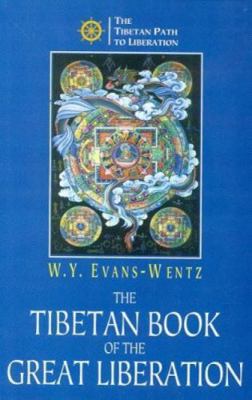
The Tibetan Book of the Great Liberation
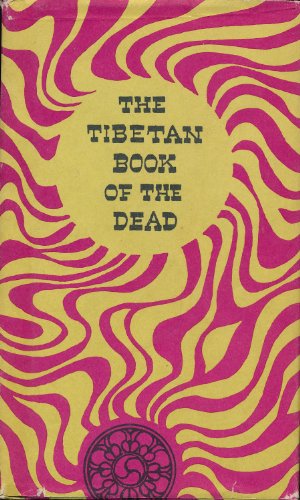
The Tibetan Book of the Dead

Tibets Great Yogi Milarepa: A Biography From th...

The Tibetan Book of the Dead: Deluxe Slip-Case ...
![The Tibetan Book of the Dead [With 3 CDs] 1590304772 Book Cover](https://i.thriftbooks.com/api/imagehandler/l/5175A8B361EFE895AD22D2CA9C6EE624A210E0DF.jpeg)
The Tibetan Book of the Dead [With 3 CDs]
![El Libro Tibetano de los Muertos. Bardo Todol. ... [Spanish] 9685566119 Book Cover](https://m.media-amazon.com/images/I/511jlJjamSL._SL500_.jpg)
El Libro Tibetano de los Muertos. Bardo Todol. ... [Spanish]
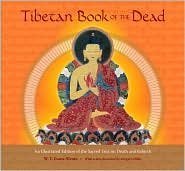
Tibetan Book of the Dead
![El Libro Tibetano de Los Muertos [Spanish] 8477203636 Book Cover](https://i.thriftbooks.com/api/imagehandler/l/347C1916E33C744A69E31D6FB037D7B0211AF099.jpeg)
El Libro Tibetano de Los Muertos [Spanish]

The Tibetan Book of the Dead
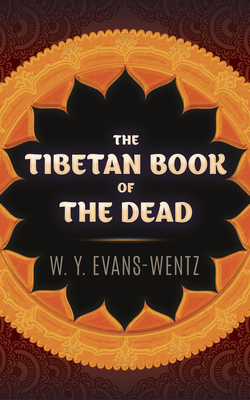
The Tibetan Book of the Dead
In 1919 the distinguished scholar Walter Evans-Wentz visited an Indian monastery, where he encountered the source of this famous volume. Derived from a Buddhist funerary text, it offers instructions for preparing for death and moving through the various stages of rebirth. The...
